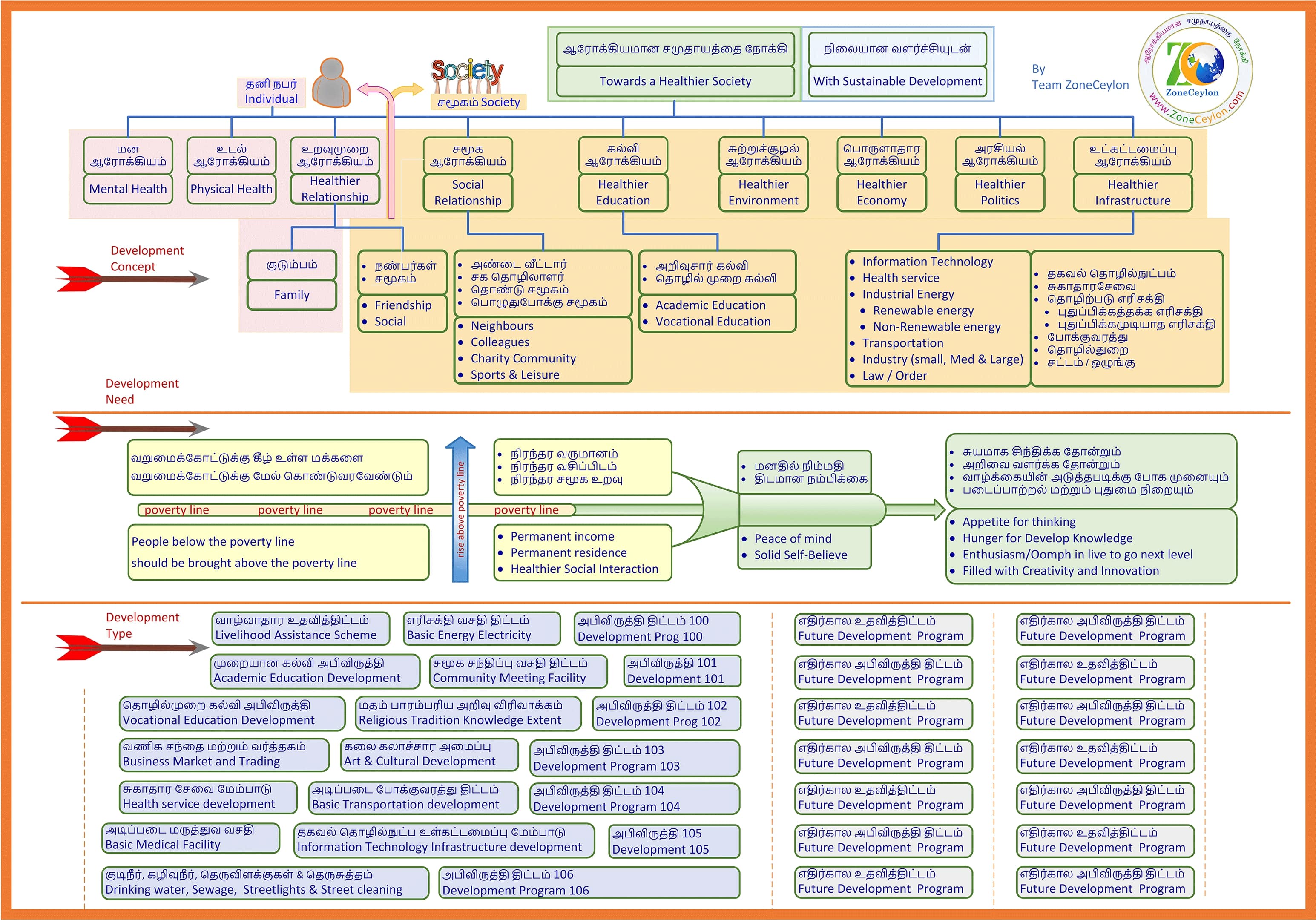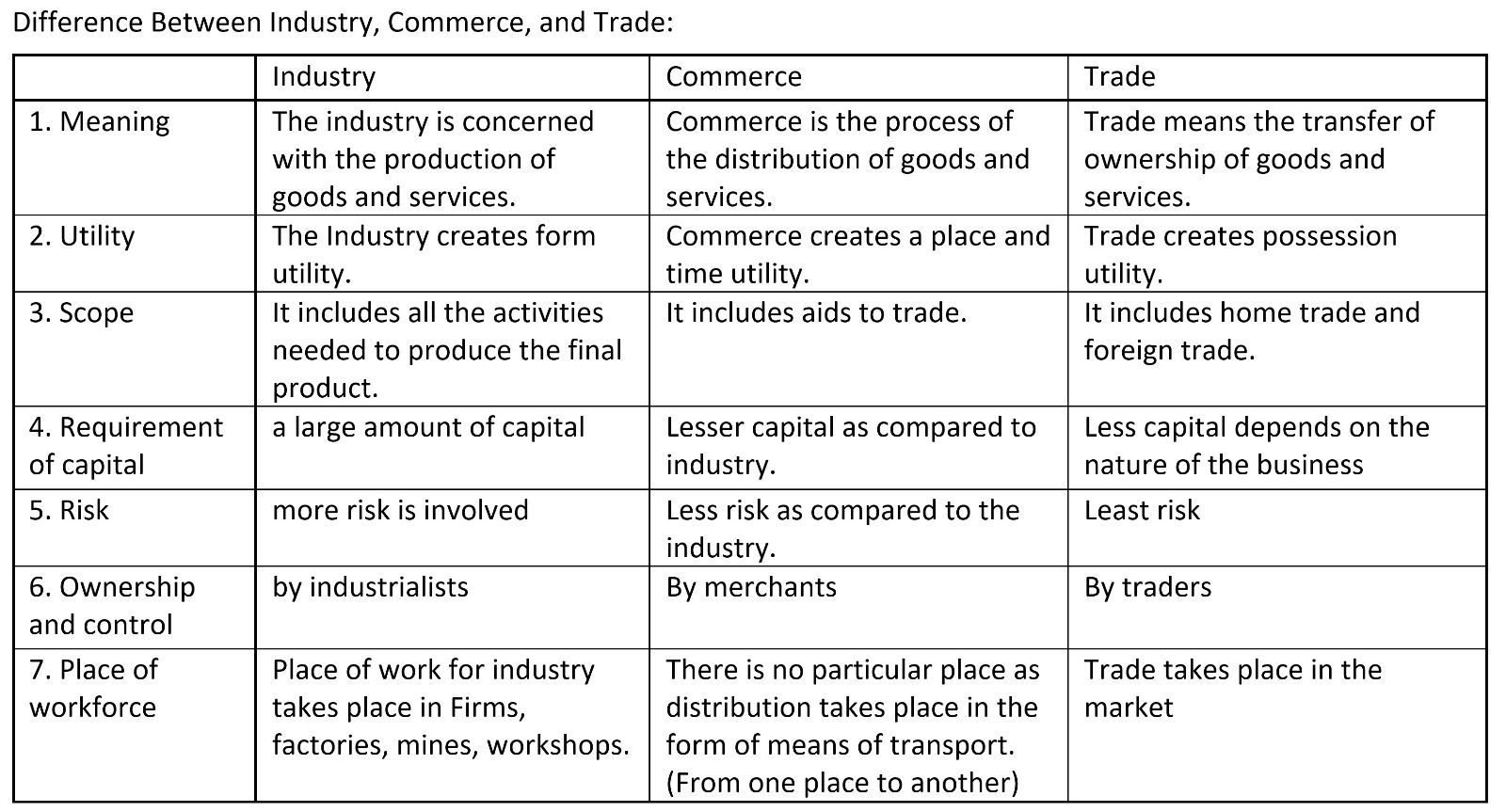Info
| Province | Central |
| Area | 1,940 km² |
| Population | 1.37 million |
| Largest city | Kandy |
| Religions | Buddhism 937,001 (72.92%) ,Islam 179,590 (13.98%), Hinduism 134,438 (10.46%), Roman Catholic 23,232 (1.81%) ,Other Christian 10,330 (0.8%) ,Other 437 (0.03%) |
| Sinhalese | 947,900 |
| Sri Lankan Moor | 169,968 |
| Indian Tamil | 103,622 |
| Sri Lankan Tamil | 52,052 |
| Sri Lankan Malay | 2,668 |
| Burgher | 2,128 |
| Other | 2,609 |
Kandy
Description
Kandy District is a district of the Central Province of Sri Lanka. Its area is 1906.3 km². The capital of the district is Kandy.Kandy is a major city in Sri Lanka located in the Central Province. It was the last capital of the ancient kings' era of Sri Lanka. The city lies in the midst of hills in the Kandy plateau, which crosses an area of tropical plantations, mainly tea. Kandy is both an administrative and religious city and is also the capital of the Central Province.
About
Kandy (maha nuvara, pronounced [mahaˈnuərə], in Sinhala, கண்டி kaṇṭi, pronounced [ˈkaɳɖi], in Tamil), constitutes the English rendering for Maha Nuvara (Senkadagalapura), a city in the center of Sri Lanka. The name Kandy derives from the Sinhalese kaⁿda uḍa pas raṭa, literally "the five districts on the mountain." The Portuguese shortened that to "Candea," using the name for both the kingdom and its capital Senkadagalapura. In Sinhala, Kandy goes by the name Maha Nuvara (pronounced [maha nuʋərə]), meaning "Great City" or "Capital," although most often shortened to Nuvara. The capital of the Central Province and Kandy District, it lies in the midst of hills in the Kandy Valley which crosses an area of tropical plantations, mainly tea. Founded in the fourteenth century C.E., Kandy historically has served as the administrative and religious capital of the Central Province, which encompasses the districts of Kandy, Matale, and Nuwara Eliya.
Historical records suggest that King Wickramabahu (1357-1374 C.E.) founded Kandy near the Watapuluwa area, north of the present city. He named the city Senkadagalapura at the time, although some scholars suggest he may have used the name Katubulu Nuwara. The origin of the popular name for the city, Senkadagala, could have had several origins. The city may have been naming after a brahmin named Senkanda who lived in a cave near the city, after a queen of King Wickramabahu named Senkanda or, after a colored stone named Senkadagala.
In 1592, Kandy became the capital city of the last remaining independent kingdom in Sri Lanka after the coastal regions had been conquered by the Portuguese. Kandy repelled invasions by the Portuguese and the Dutch in the sixteenth, seventeenth, and eighteenth centuries, as well as the British (most notably in 1803). The Nayaks of Kandy had been the last ruling dynasty of Kandy, preserving its independence until falling to the British in 1815. The British deposed the king, Sri Vikrama Rajasinha, and all claimants to the throne, thus ending the last traditional monarchy of Sri Lanka, and replaced it with British rule.
As the capital, Kandy had become home to the relic of the tooth of the Buddha which symbolizes a fourth century tradition linked to royalty. The protector of the relic won the right to rule the land. Thus, the Royal Palace and the Temple of the Tooth associated with the administrative and religious functions of the capital city. Even after its conquest by the British, Kandy has preserved its function as the religious capital of the Sinhalese and a place of pilgrimage for Buddhists, namely those belonging to the Theravada school.
Portuguese invasions in the sixteenth century and seventeenth century failed utterly. The kingdom tolerated a Dutch presence on the coast until 1761, when Kirti Sri attacked and overran most of the coast. He left only the heavily fortified Negombo intact. When a Dutch retaliatory force returned to the island in 1763, Sri abandoned the coastline and withdrew into the interior. When the Dutch continued the conquest into the jungles the following year, they suffered constantly from disease, heat, lack of provisions, and Kandyan sharpshooters, who hid in the jungle and inflicted heavy losses on the Dutch. Learning from their experience, the Dutch fielded a force prepared for the hardships in January of 1765, replacing their troops' bayonets with machetes and using more practical uniforms and tactics suited to rapid movement. They initially met with success, capturing the capital that had been deserted by the Kandyans who withdrew to the jungles, refusing to engage in open battle. The Dutch, worn down by constant attrition, came to terms in 1766.


